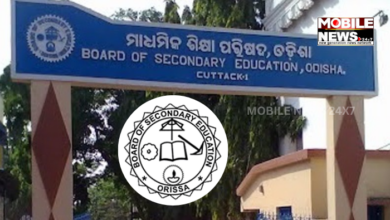Telemetric rain gauge in all Odisha gram panchayats: CM

Bhubaneswar, Oct 29: Odisha government will set up Telemetric Rain Gauge in all Gram Panchayats, Automatic Weather Station at block headquarters, and Sensors in river systems for better impact based forecasting, Chief Minister Naveen Patnaik said here on Saturday.
Addressing the Odisha Disaster Preparedness Day and National Day for Disaster Reduction, Patnaik said these steps will help us to get precise real time information for more effective management of disasters.
The state government, he said, is training more than 40,000 volunteers at village and shelter level to strengthen community driven preparedness.
The Chief Minister further said the government is taking up capacity building of elected representatives of Panchayati Raj Institutions, Urban Local Bodies, Mission Shakti members, ASHAs, Anganwadi workers, Vana Surakhya Samiti (VSS) members, as they play a key role in disaster risk reduction.
Besides, Disaster and Pandemic Management is being introduced in the educational curricula of students from standard 4 to Graduation level with a view to preparing Disaster Management Yodhas in every village and household.
The Odisha Disaster Preparedness Day and National Day for Disaster Reduction is a day of contemplation of the current situation and making resolutions for the future, Patnaik said.
The day is observed every year to remember the valuable human lives lost in Super Cyclone 1999.
During the 23 years since the Super Cyclone, the state government has done everything possible to make Odisha a safer place during disasters, he said.
Odisha today has the most robust infrastructure for disaster management, the Chief Minister said adding the world has recognised the efforts of the state government in all these years.
He thanked the 4.5 crore people of the state for their support and solidarity in building a disaster resilient Odisha.
The Chief Minister appreciated the efforts of PRI members, Mission Shakti Group members, frontline workers like ASHAs and Anganwadi Workers, NGOs and community level volunteers, Government Officials, ODRAF, Fire Services, NDRF and Police personnel for their coordinated work to reduce human casualty.’
He said during 2022, the state faced floods in the Mahanadi, Baitarani and Subarnarekha River systems, affecting more than 23 lakh people in 16 districts but due to robust preparedness and coordinated efforts, “we evacuated nearly 2.7 lakh people to safer places and took up timely relief and restoration measures”, he said
The Chief Minister said nearly 10,000 people died in Super Cyclone 1999. Then, the state did not have safe shelters but during these years, 815 multi-purpose cyclone and flood shelters have been constructed and 55 new shelters are under construction out of Chief Ministers’ Relief Fund.
He appealed to all stakeholders and fellow citizens to come forward and join hands to reaffirm “our resolve to create a disaster resilient Odisha”.





